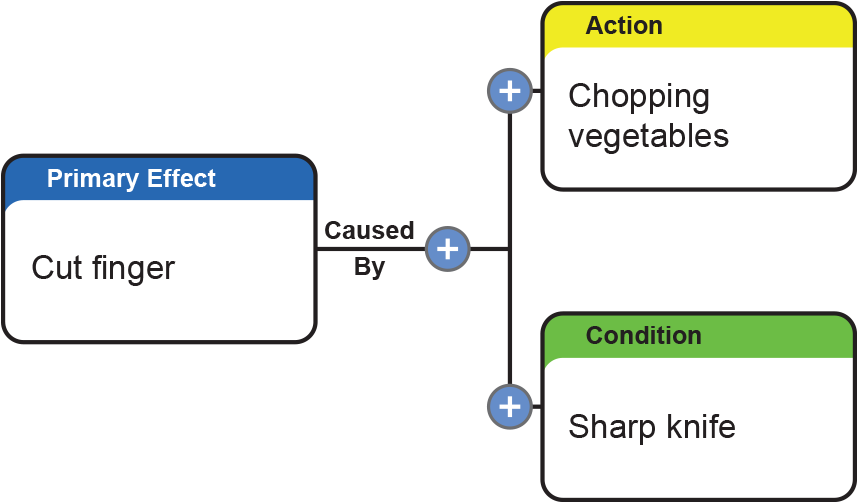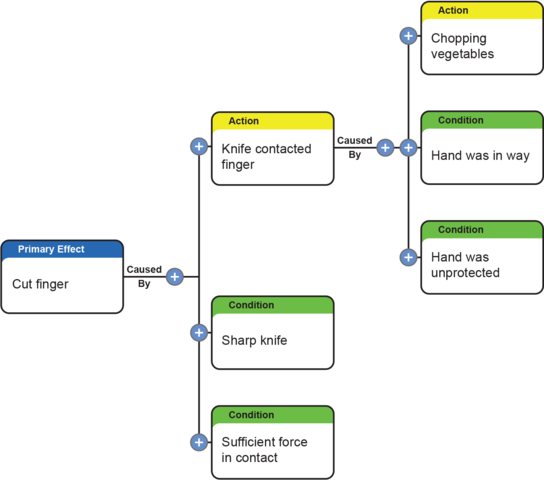Some may argue that the purpose of completing a Root Cause Analysis is to find the root cause.
This seems logical given the name of the process, however this way of thinking is not entirely correct. The ultimate goal of Root Cause Analysis is to prevent the recurrence of a problem.
To achieve this goal, you must implement some Corrective Actions. Which actions to implement is your choice. This choice should be based on cost, effectiveness, reliability, ROI, safety, available time and perhaps ease of implementation.
Conducting a Root Cause Analysis is the preliminary investigation work, following a well-structured process, that must happen in order to help you arrive at these corrective actions. If you’re following the Apollo Root Cause Analysis™ methodology you will create a Cause-and-Effect chart.
What do corrective actions do? They eliminate, control or mitigate the causes that exist in your Cause-and-Effect chart. So, the first thing that you should do is check to be sure that as many causes as possible for the problem exist in the Cause-and-Effect chart. To limit yourself here is to limit your possible solutions.
So how do you know that your Cause-and-Effect chart is good enough? Does it have all the causes or solution opportunities in it? Have you taken it to a deep enough level? If the causes don’t appear in the chart, then they won’t be considered when you start to examine possible solutions.
The key to identifying all possible causes and therefore all possible solutions lies in applying the “Every Time” statement to each connection.
If Effect A is caused by Causes B and C, then every time you have Causes B and C you should, therefore, get Effect A.
Actively look to see if you can identify any exceptions to this statement. Do not accept it at face value. If you identify an exception to this “Every time” statement, then you have just discovered another cause that needs to be in the connection. Repeat this process until you can no longer identify any exceptions.
Let’s look at an example using the “Every Time” rule.
The causes for a cut finger could be:
I cut my finger because I was (A) chopping vegetables (B) with a sharp knife. (Figure 1)

Ask, “Every time you are chopping vegetables with a sharp knife do you cut your finger?”
No, this is not true. It doesn’t happen every time. There must be additional causes. So, what else needs to be true?
- The finger must be unprotected (as in bare).
- The knife edge must make contact with the finger.
- There must be enough force on the blade for the finger to be cut.
These new actions and conditions should be added to your chart (Figure 2). It could also force you to make changes to the chart when you consider how all these causes come together.
Now ask again, “Every time a sharp knife edge makes contact with a finger and that contact is forceful then you will cut your finger?” Yes, that is more likely. If you can think of an exception, then this too should be added to your chart.

The next question that should be asked is, “Why does the knife contact the finger?”
Why? Because I was chopping vegetables and my finger was in the way and my finger was unprotected.
There is always more to it than meets the eye. Keep applying the “Every Time” rule until you no longer find any exceptions.
If you apply this “Every time” rule consistently to each causal connection in your Cause-and-Effect chart you should identify all contributing causes to the problem. You have then effectively provided yourself with every opportunity to find every possible solution for your problem.


